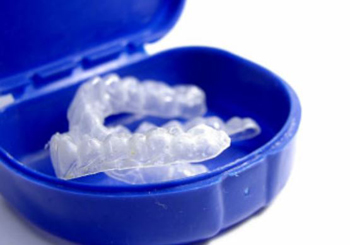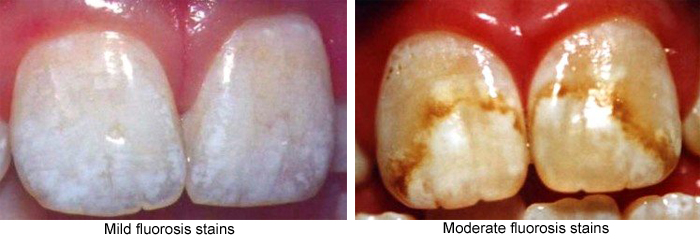I have coffee stains on my teeth from drinking coffee since I was a teenager. My hygienist says they are intrinsic stains that require professional whitening. Is this true, or is there a toothpaste I can use to at least whiten my teeth a little? Will you please explain what intrinsic stains are? Thank you. Stacie from NH
Stacie,
Thank you for your question.
Intrinsic and extrinsic stains are textbook terms that a dentist would not use with a patient without an explanation. But your hygienist is correct—coffee stains are intrinsic. We will explain the terms.
Extrinsic tooth stains
Extrinsic, or external, tooth stains are on the surface of your teeth. If you smoke or chew tobacco, stains build up on your teeth. External factors cause extrinsic stains, and you can remove them with by brushing your teeth with whitening toothpaste or with a dental cleaning. But lingering extrinsic tooth stains can penetrate your teeth and become intrinsic.
Intrinsic tooth stains
Intrinsic, or internal, stains are embedded inside teeth beneath the enamel. Intrinsic stains take years to develop. Years of drinking coffee or tea or eating staining foods like dark berries, eventually penetrate the teeth. Although toothpaste will not remove stains beneath the tooth enamel, bleaching will remove them.
How to Remove Coffee Stains from Teeth
You can remove coffee stains from your teeth with professional bleaching gel. If you have been a coffee drinker for years, the stains are in your teeth, not simply on your teeth. The professional-strength gel that dentists use penetrates your teeth and releases oxygen bubbles to break down stains.
Does whitening toothpaste work on coffee stains?
Although whitening toothpaste will remove surface stains on teeth, it cannot remove coffee stains embedded beneath your tooth enamel for these reasons:
- The whitening agent is not potent enough for internal stains
- The toothpaste does not stay in contact with your teeth long enough to penetrate them
- Coffee stains are deep in your teeth—beneath the enamel
You will need professional teeth whitening from a dentist or professional strength bleaching gel and custom trays to penetrate your teeth and break up coffee stains.
Why use custom teeth whitening trays for coffee stains?

Custom bleaching trays fit your teeth precisely
Custom bleaching trays are made after a dentist takes impressions of your teeth. The trays fit your teeth only, and no one else can wear them. When you put bleaching gel in custom trays, it is sealed against your teeth for deep penetration. The trays keep the gel in contact with your teeth to blast away coffee stains. The trays also keep bleaching gel away from your gums so it will not burn them. Over-the-counter teeth whitening trays do not fit your teeth as precisely, so whitening treatment is not as effective.
Endogenous stains
Endogenous stains begin within teeth that are developing during childhood. A skilled cosmetic dentist must examine endogenous stains to determine which cosmetic treatment is best for the stains.
- Tetracycline – Tetracycline stains are endogenous. If a child takes the antibiotic tetracycline while permanent teeth are developing, the medication will darken teeth from the inside out. Tetracycline makes teeth turn brown.
- Genetics – Some teeth have genetically dark pigmentation.
- Fluorosis – If a child consumes too much fluoride while their teeth are developing, a blotchy color will dominate the teeth. Bleaching fluorosis stains will make matters worse. For details about fluorosis stains, read our post, My dentist can’t remove the brown stains on my teeth.
Best wishes for a brighter smile.
Michael Szarek, DMD, an accredited cosmetic dentist in Lowell, MA, sponsors this post.

